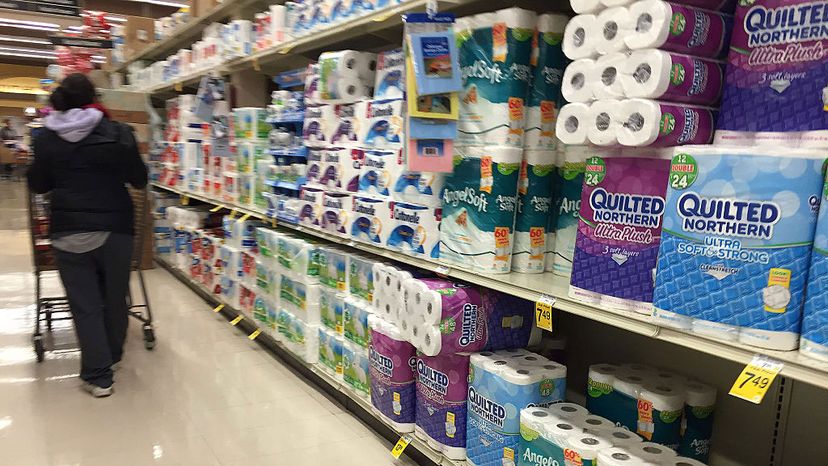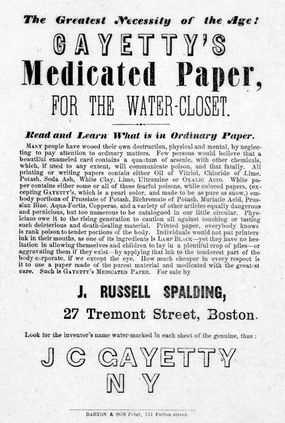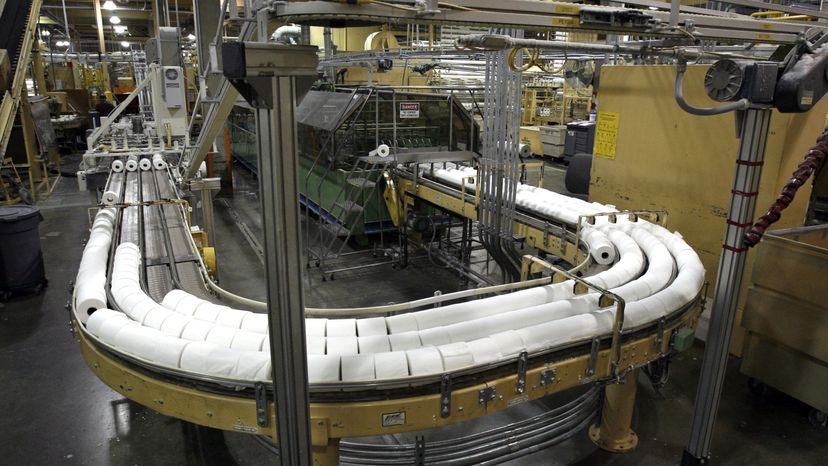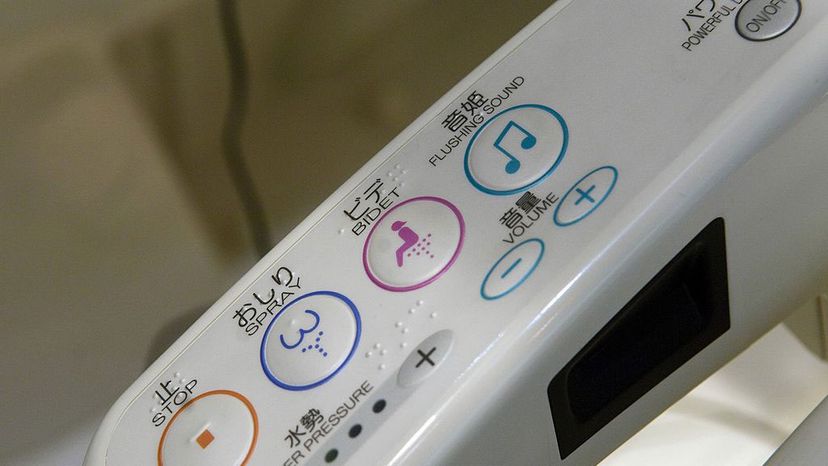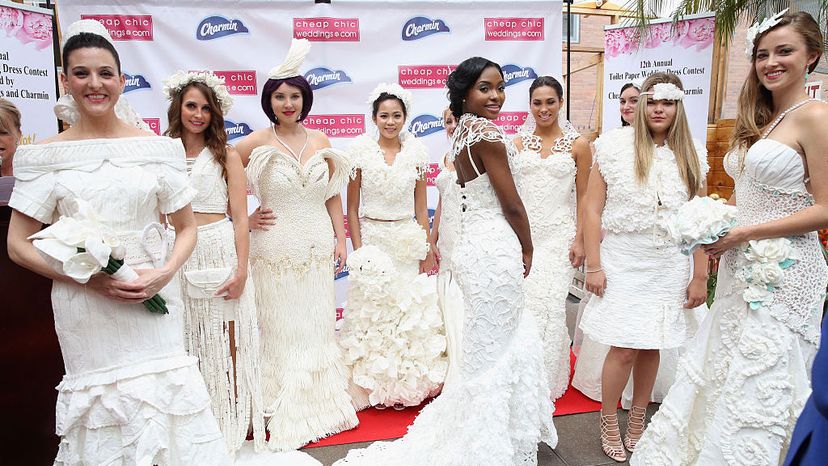
What goes in, must come out. We humans eat a lot, and then we poop. Somehow, we must clean off those remnants of fecal matter. Hence, toilet paper, the bright white sanitary paper that ends its useful life as, well, not very white and definitely not very sanitary.
Toilet paper is kind of an amusing subject, but it's a product that addresses a truly absorbing problem — basic human hygiene. Running around all day with dried fecal matter on your backside isn't just itchy and uncomfortable — it's totally unhealthy, too.
Advertisement
Because Americans identify toilet paper as a necessity, it's a big business there. In the United States alone, people spend about $6 billion per year on this simple rolled paper [source: Harwell]. By some estimates, North Americans consume about 50 pounds (23 kilograms) of toilet paper per capita every single year. To make enough TP for the entire world, manufacturers blow through about 10 million trees annually [source: Worldwatch Institute].
The demand for toilet paper is growing in other parts of the world too. A 2015 report showed a growth rate for the tissue market (which includes toilet paper, facial tissues and paper towels) of 10.5 percent for China, 8 percent for the Middle East and more than 6 percent for Africa from 2014.
Toilet paper isn't just a product. It's replete with all sorts of symbolism and social norms. Women tend to wad toilet paper; men fold before wiping. Women wipe from front to back to avoid spreading bacteria into their genitals. Men wipe however they want to.
Americans use far more toilet paper than any other country, perhaps three times as much as their Western European counterparts. The Yanks like it softer too. Recycled toilet paper doesn't sell in the states like it does in Europe and Latin America [source: Goldenberg].
Toilet paper is a fixture and it's not going anywhere, except down the sewer pipes, anytime soon. Keep reading and you'll see where it all began for this humble yet vital paper product.
Advertisement
